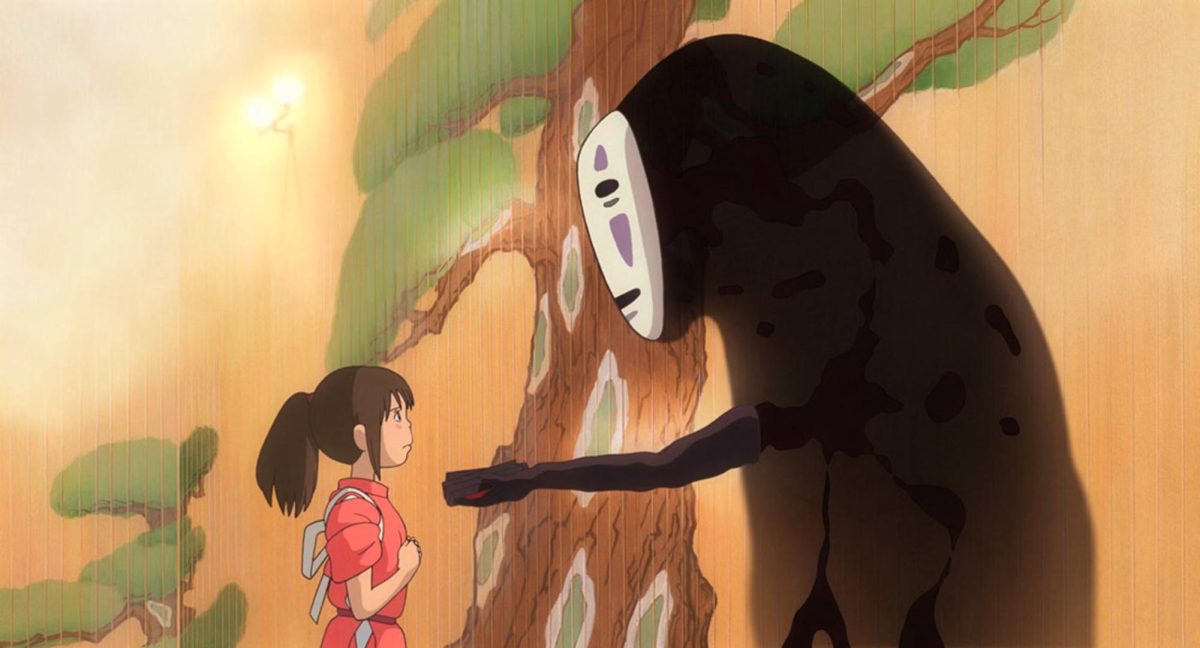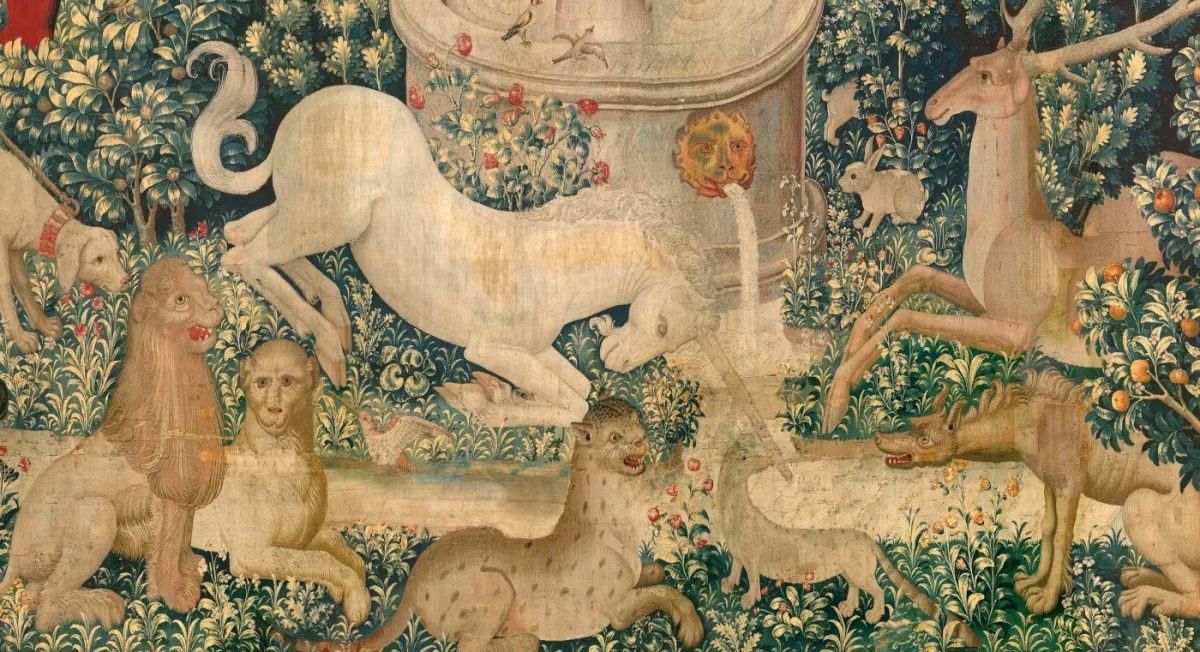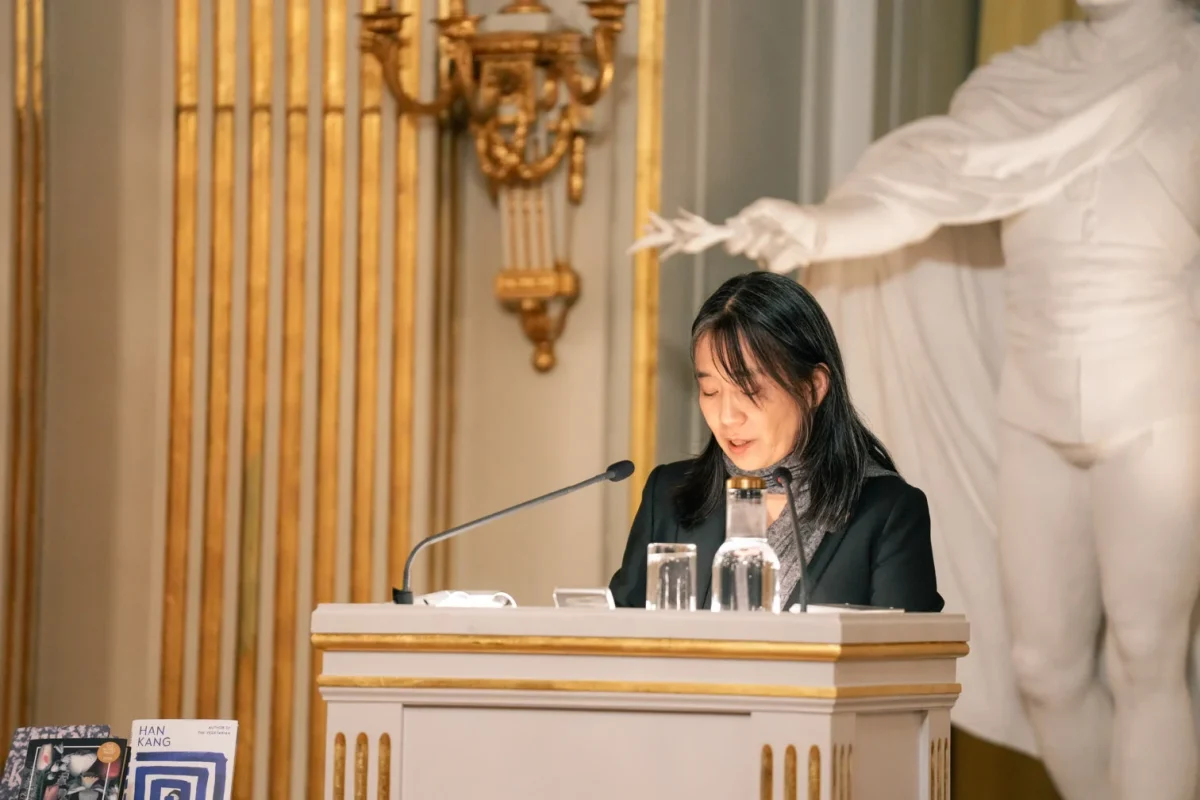Hayao Miyazaki’s movie “Spirited Away” is undoubtedly an animation staple. With its gorgeously textured scenes and compelling characters, it’s no wonder this movie has reached all corners of the world. From the film to its theatrical adaptation, Spirited Away has captured the minds and hearts of many viewers. But what makes Spirited Away so captivating in its beauty? The finer details of “Spirited Away” can often be missed as you’re whisked away in its careful balance of action-packed scenes, rich characterization, and contemplative pastoral scenery. Amidst its stunning visuals lies a deeper message spanning work culture, greed, pollution, and the transition into adulthood. Spirited Away follows the story of a young girl, Chihiro, as she becomes immersed in the magical yet dangerous spirit world. She must contend with being human, find a way to work off the debt incurred by her parents, and cope with the unfamiliarity of a new and terrifying world. Intrinsically interwoven into this imaginative hand-drawn masterpiece are themes of greed, work culture, pollution, liminality, and the journey to adulthood. Miyazaki skillfully employs a combination of design and characterization to weave both the subtle and conspicuous into one cohesive story.
Let’s start with one of the most apparent and immediate themes present in “Spirited Away:” greed. Chihiro’s development as a character revolves around the greed inherent in her environment. She is forced to work in a bathhouse where money is the sole focus of Yubaba (the proprietor) and the workers under her thumb. An interesting facet of Chihiro’s character is that while she begins the story as immature, she lacks the immediate selfishness and disregard expressed by other characters, including her parents. This ultimately allows for her success in saving her parents and returning to the human world. The presence of greed is most often depicted through the characters themselves. Even characters that help Chihiro, like Lin, are engrossed in the work culture that prioritizes individual gain. One character that stands to represent this theme uniquely is Kaonashi, or “No-face.” While the actions of No-face were never fully explicated by Miyazaki, it can be posited that he symbolizes abandonment, a lack of identity, and the dangers of isolation. Chihiro lets him into the bathhouse in an act of kindness, where he proceeds to wreak havoc when faced with the greed around him. No-face is a blank slate; when he enters the bathhouse, his behavior becomes increasingly erratic as he is overwhelmed by the greed and desires of the spirits around him. The only character without greed is Chihiro. Her act of kindness and readiness to assume responsibility are the reasons No-face does not consume and destroy everything around him. His character reveals an interesting facet of corruption.
Another character whose greed may be less material but exists is Haku’s. Haku is arguably one of the most important characters in the film, as he is the first spirit Chihiro meets and helps keep her safe by guiding her. The other characters, namely Lin, express doubt about Haku’s intentions. While Chihiro believes in Haku, the doubt expressed by Lin is not unfounded. Haku’s greed stems from his desire to have a power that matches Yubaba’s, which has the effect of lending her control. Haku becomes trapped in the spirit world when his river is filled in by apartments as a product of human greed, but he remains there after forgetting his name. He becomes obsessed in his pursuit of power, nearly dying after stealing a magical seal from Yubaba’s twin sister.
Haku’s predicament and the presence of greed lend themselves to another one of the movie’s themes: the human struggle against the environment. The theme of greed is closely intertwined with human waste and the overconsumption of resources. When a ‘stink’ spirit visits the bathhouse, Chihiro is tasked with bathing him. The ‘stink’ spirit turns out to be a very wealthy river spirit whose banks and waters were filled with pollution and trash. Chihiro helps by removing all the waste with a rope. The river spirit is likely related to the story of Yanagawa’s Canals.
In a movie so rich in detail, it’s difficult to assess what scenes are most pivotal. Despite this, the scene that stood out to me the most was Chihiro’s journey on the spirit train. Part of what makes this scene so evocative is its placement. The train journey takes place after the chaos of No-face’s rampage, giving the viewer a sense of calm, pause, and concentration.
The train also opposes the symbology of the bathhouse. As a setting, the bathhouse functions to reveal the systemic workings of greed, power, xenophobia, classism, work culture, exploitation, and the ever-present battle against environmental destruction. The train is a welcome break from the chaos inflicted on Chihiro at the hands of Yubaba.
As a character, Chihiro grows remarkably in the short period she spends in the Spirit World. Forced to reckon with the chaos of the working world and faced with the greed of others, Chihiro transitions from a state of naivety to a greater understanding of what it means to live as an adult. Her train journey combines isolative and serene elements to illustrate the revelation between adolescence and adulthood that life is not always as it seems. The train shows faceless spirits moving through their day. In this way, Hayao Miyazaki calls to attention the fear that we become less relevant as adults and that our lives begin to fade, replaced with the banality of modern life and stripped of the wonder present in childhood. Yet he also seems to challenge this notion, contrasting the featureless spirits with Chihiro’s calm, unchanging disposition. Moments like the train scene, characterized by their ‘stillness’, are in almost all of Miyazaki’s films to varying degrees. In his 2012 review of “Spirited Away,” Roger Ebert describes this phenomenon of “gratuitous motion.” He states, “Instead of every movement being dictated by the story, sometimes people will just sit for a moment, or sigh, or gaze at a running stream…to give the sense of time and place and who they are.” These shots, also known as ‘pillow shots,’ encapsulate the essence of Chihiro’s journey on the train. The necessity of silence in Miyazaki’s films contrasts with the staple ‘incessant action-driven storylines’ of American animation. For this reason, films such as Spirited Away, through their constant careful considerations, contain an element of absorption that other animated films may lack.
“Spirited Away” is a layered film full of allegories, symbolism, and beautiful hand-drawn landscapes. It is the story of Chihiro, but in a way, it is the story of all of us: of modern life and the existence of beauty in the space “between.”








